Biosafety Cabinet
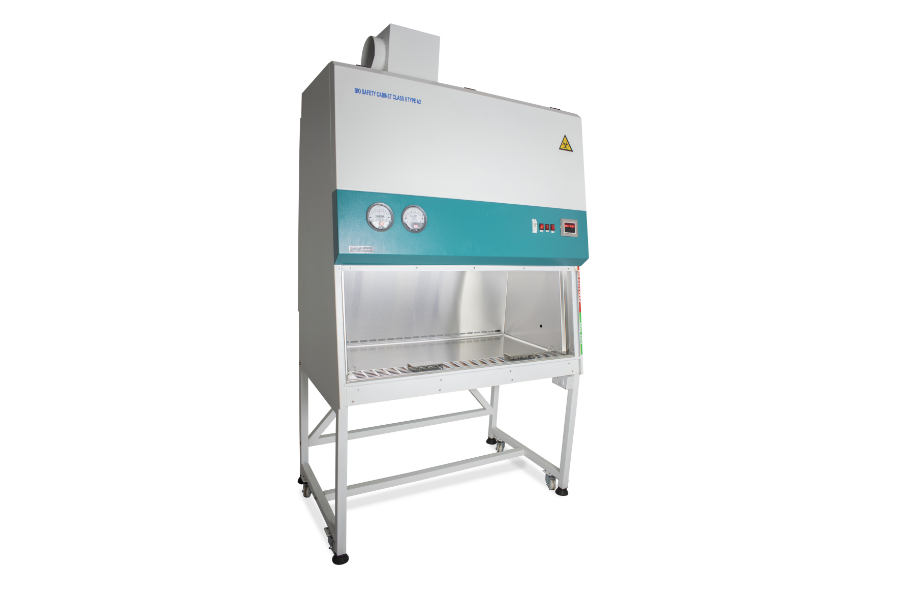
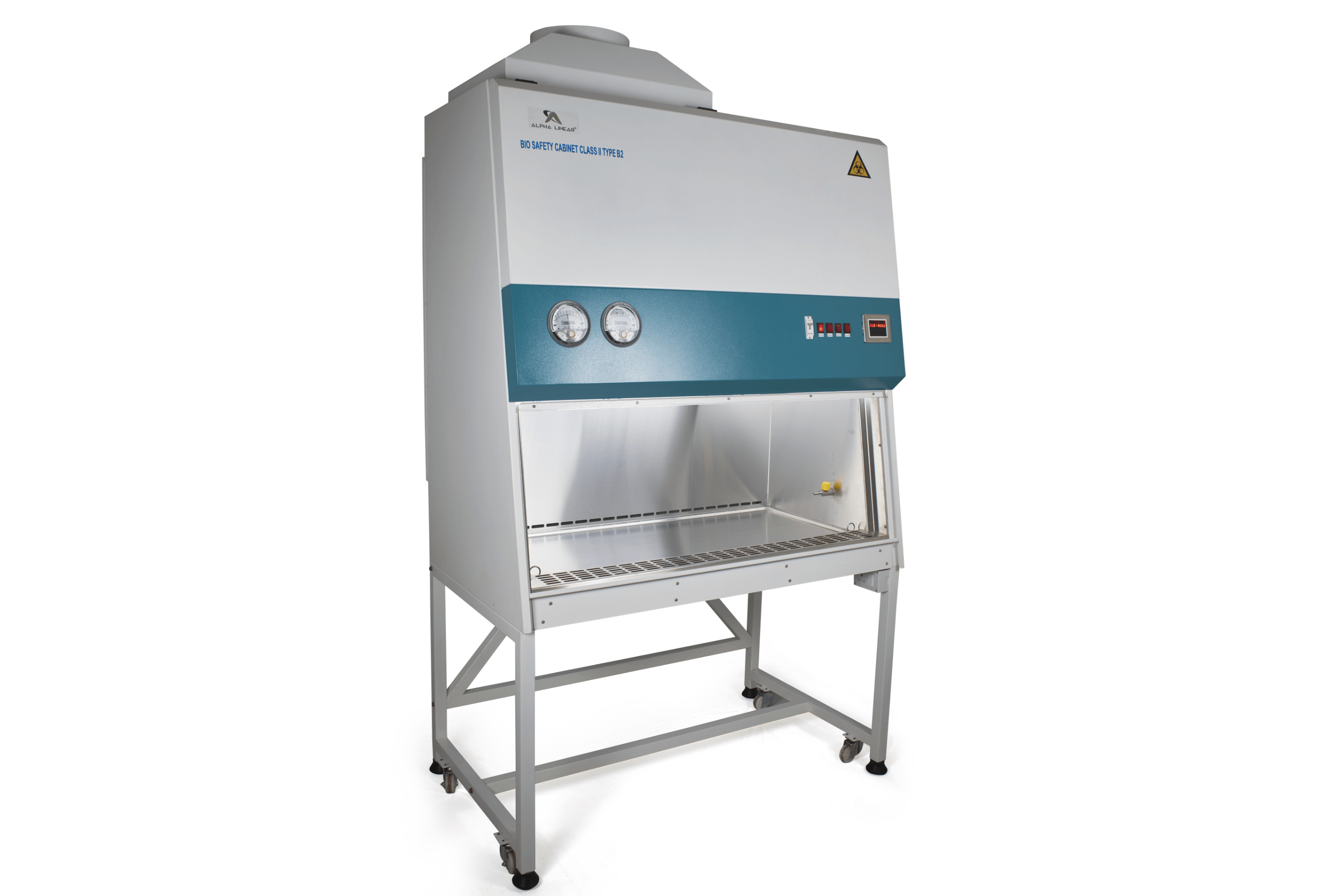
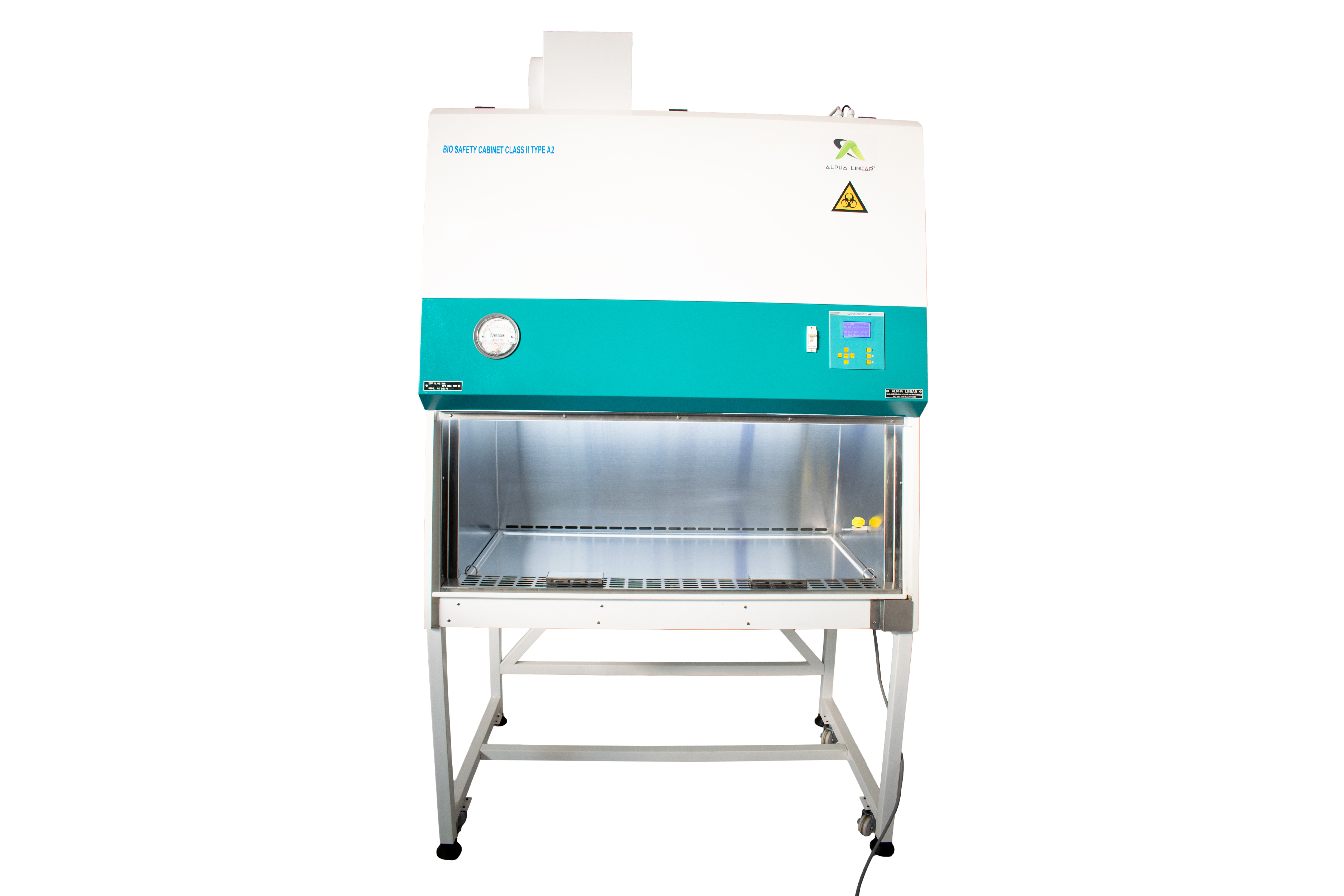
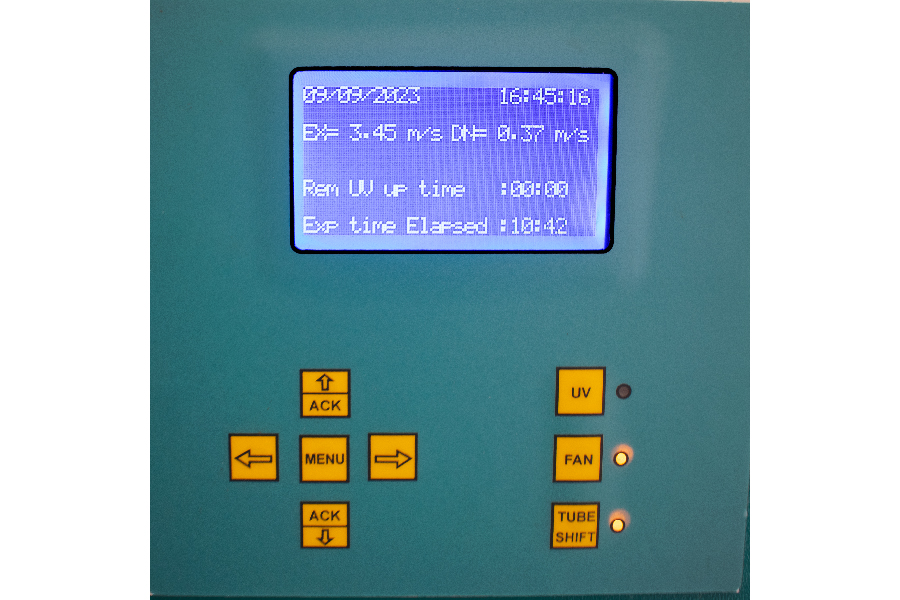
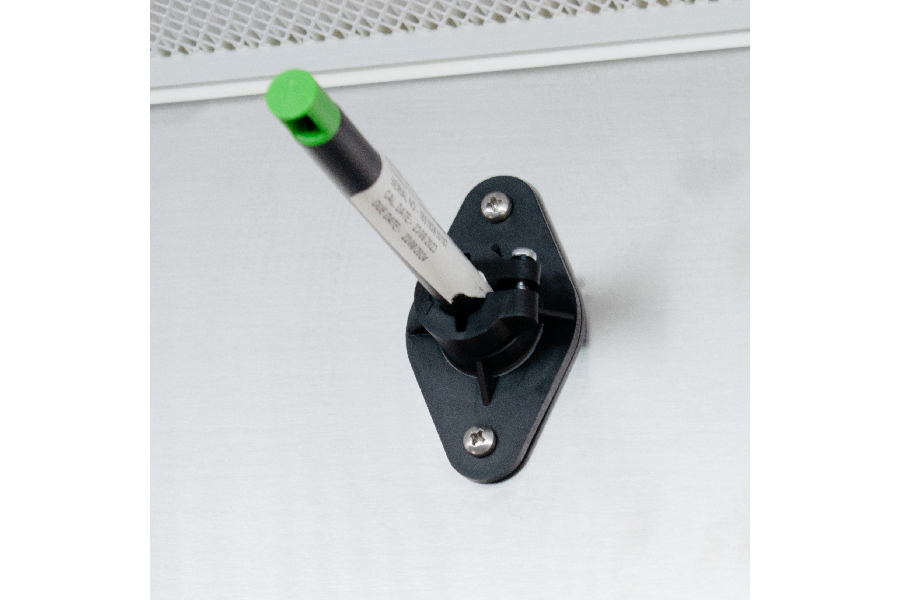
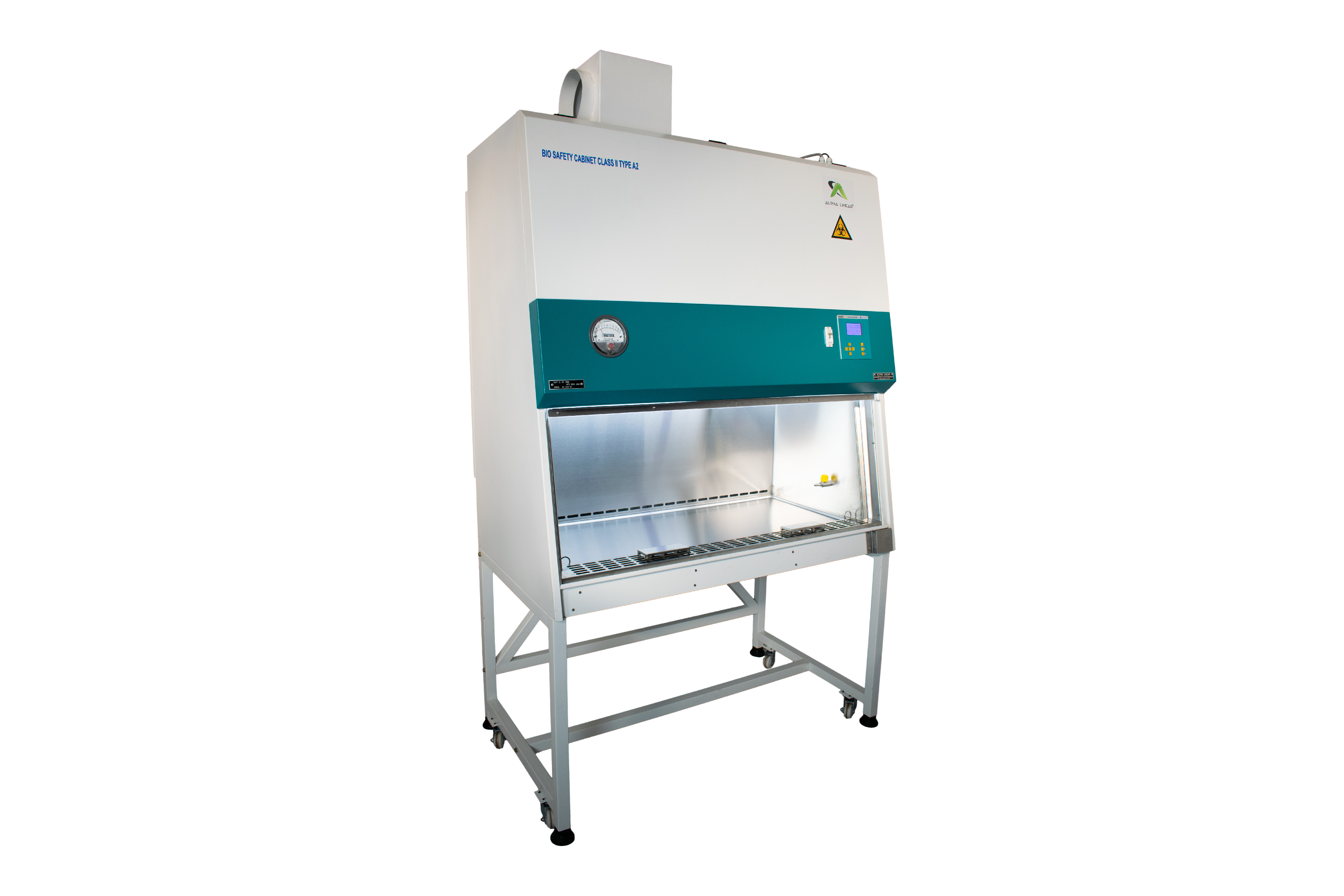
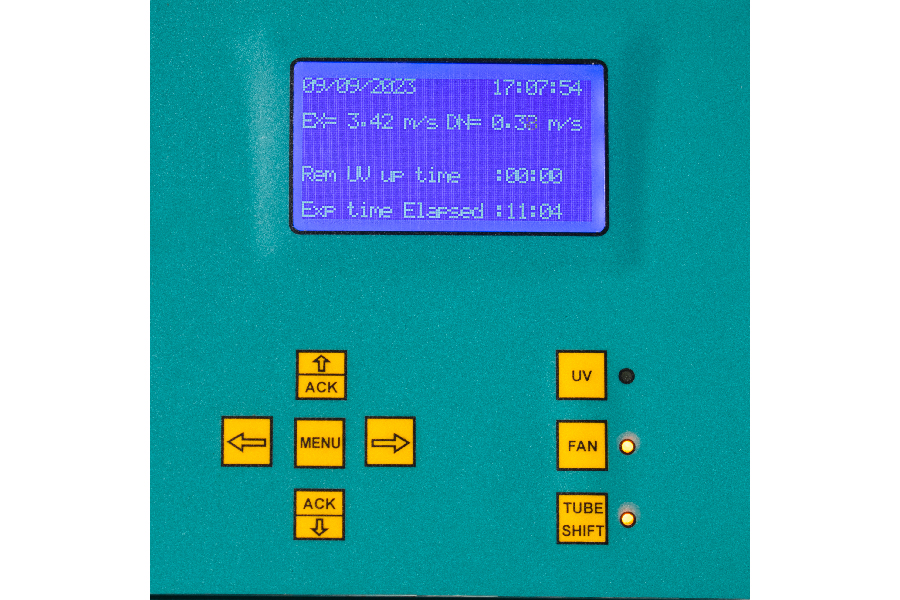
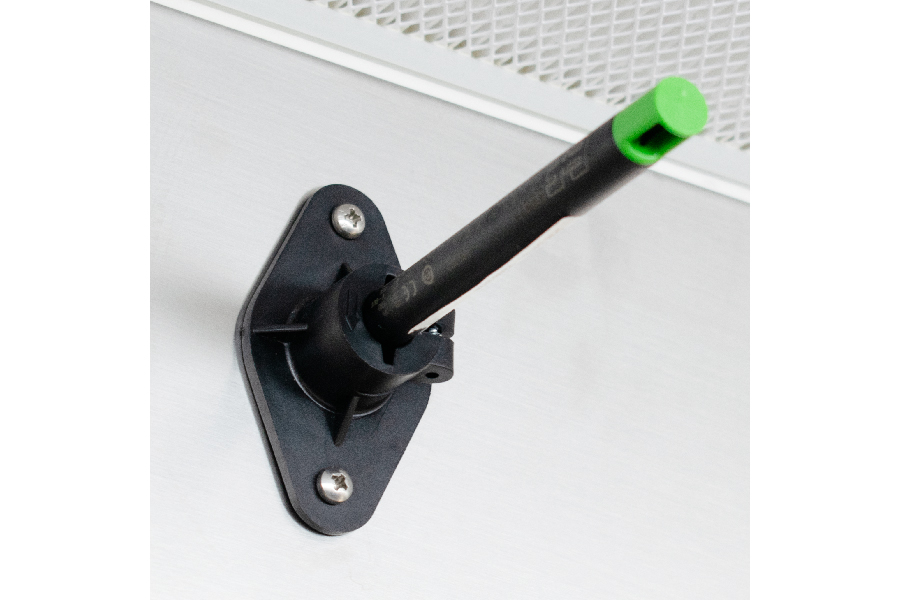
What is a Biosafety Cabinet?
Biological Safety Cabinets (BSC) from Alpha Linear are widely used for experimental procedures involving research, trials and analysis with harmful pathogens and biological samples/agents, during which a sterile work area is critical for successful results.
Alpha Linear range of biosafety cabinets are designed to function as per EN 12469:2000 and NSF/ANSI 49 standards that set performance criteria for microbiological cabinets. Under normal working conditions, the biosafety cabinets protect the samples, user and the surrounding environment from cross-contamination and any accidental exposures.
Depending on the risk assessment of the biological samples under study and the nature of experimental procedures to be performed, biosafety cabinets from Alpha Linear come in different configurations broadly classified as Class II.
